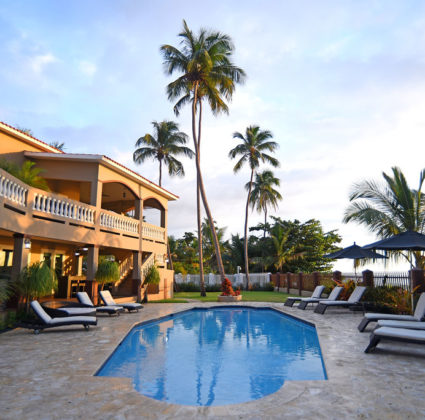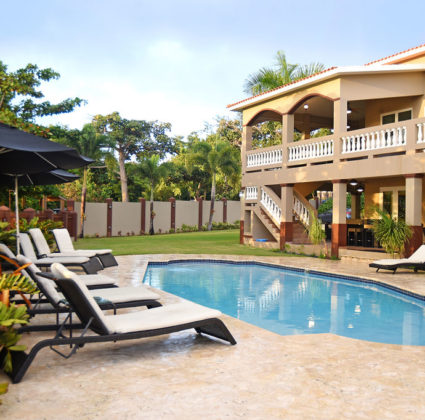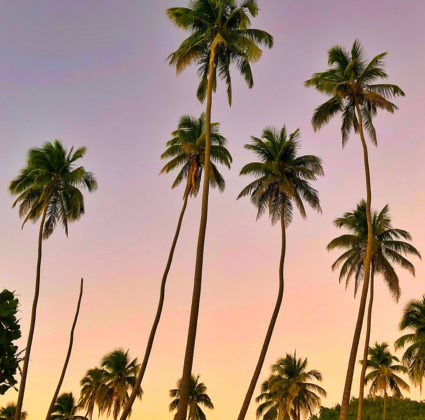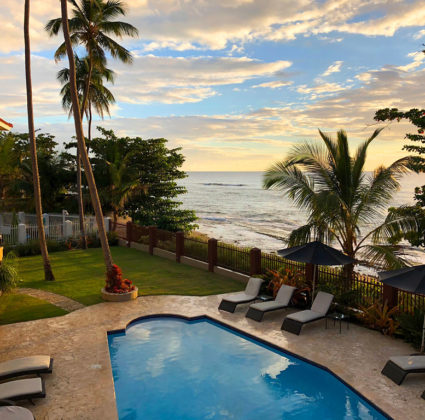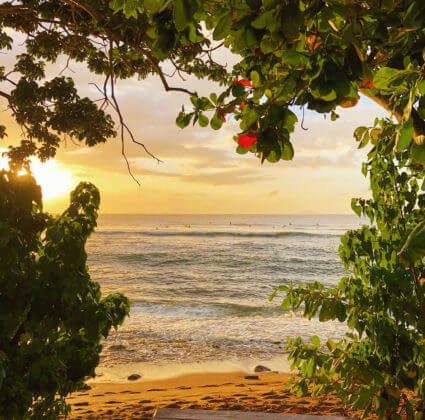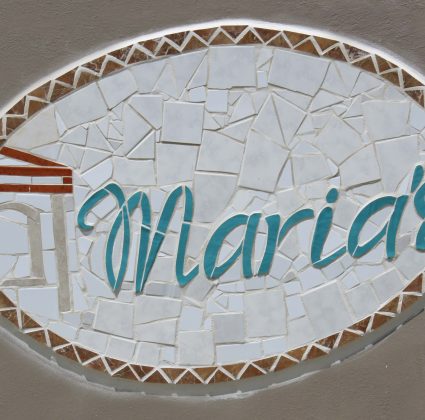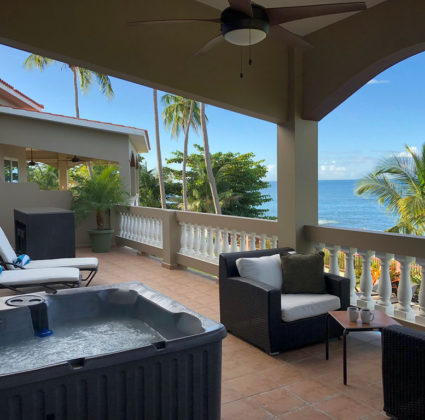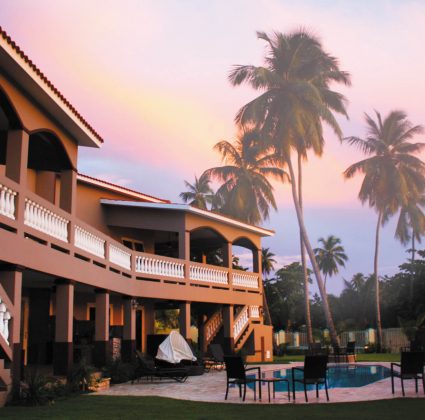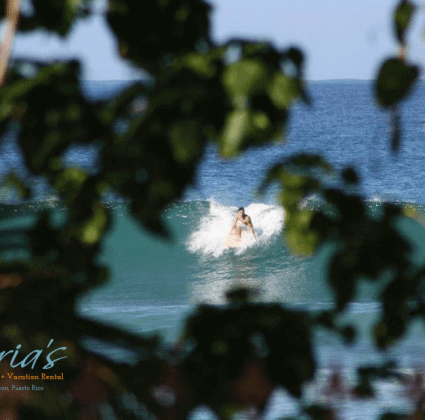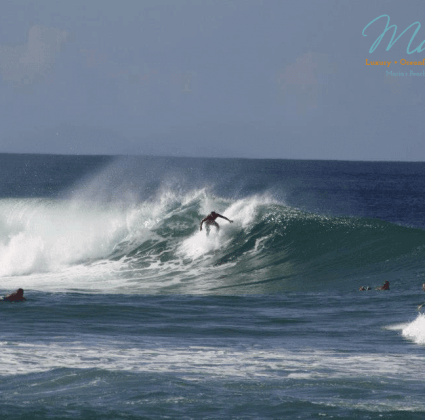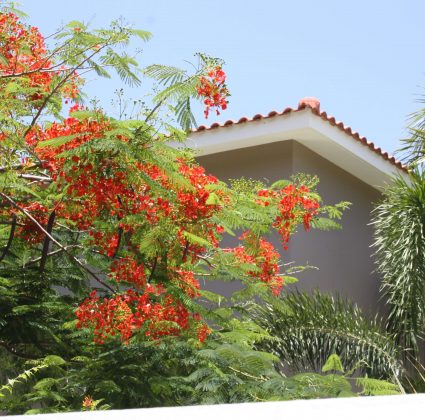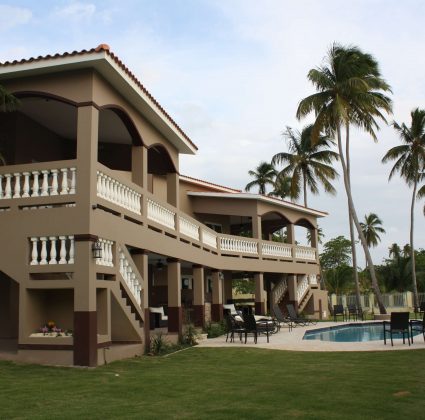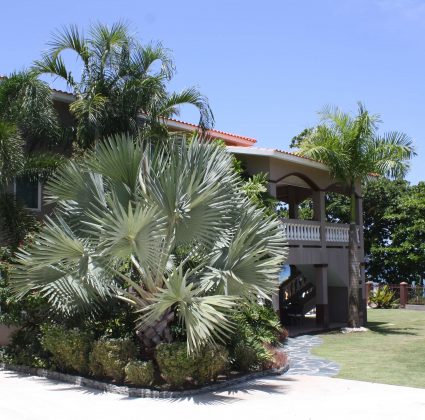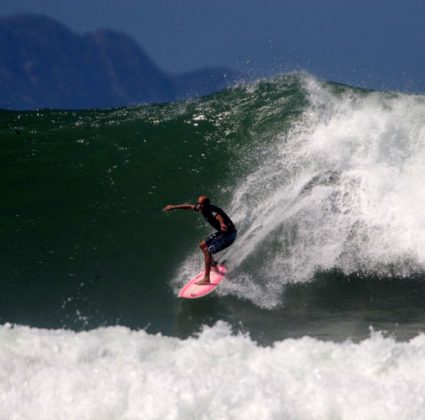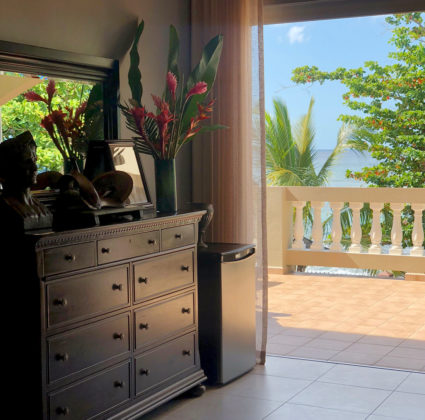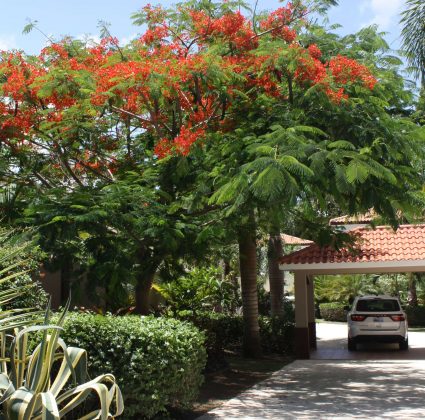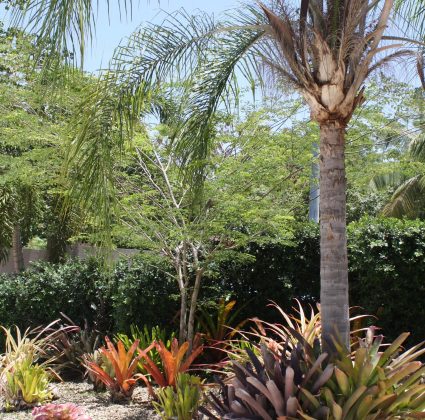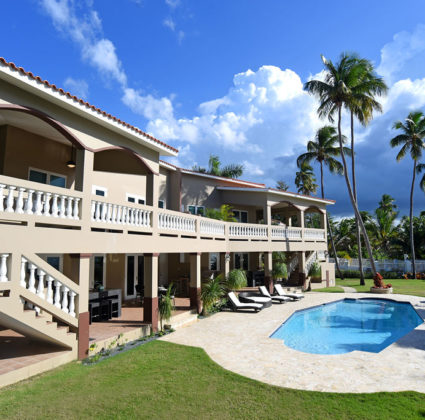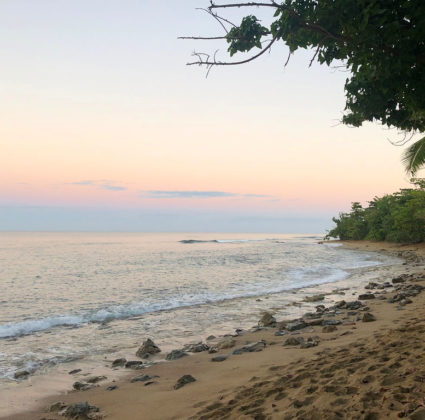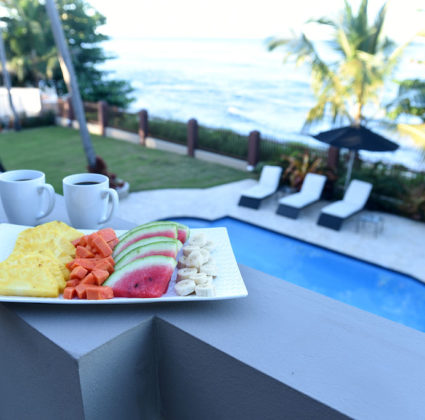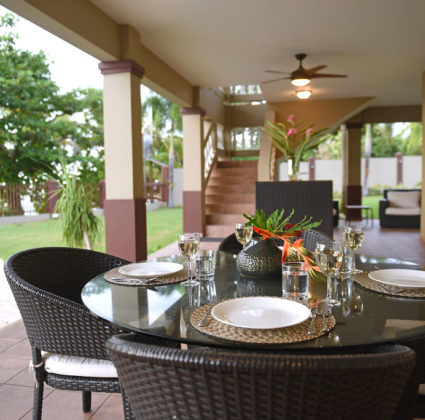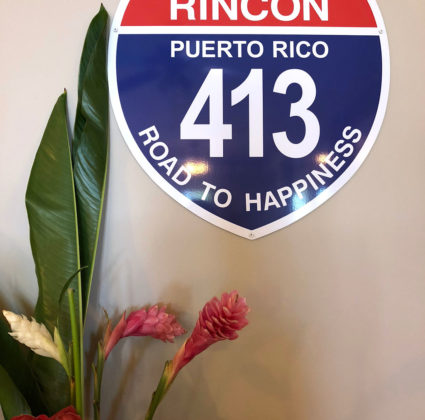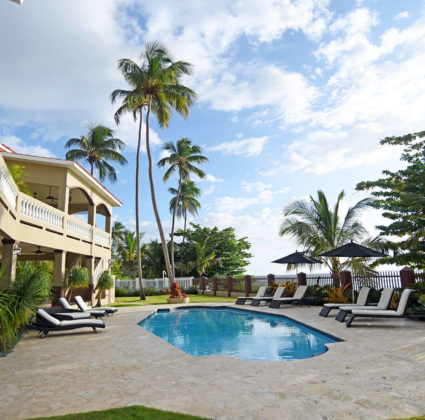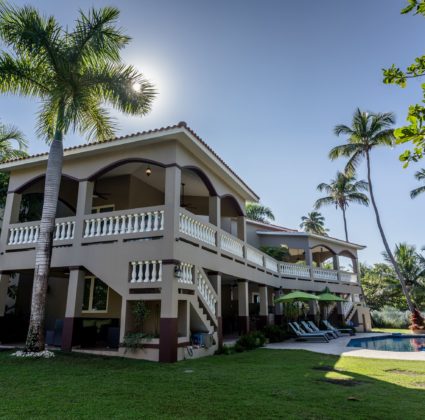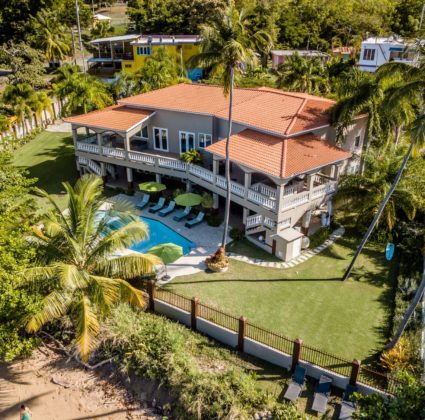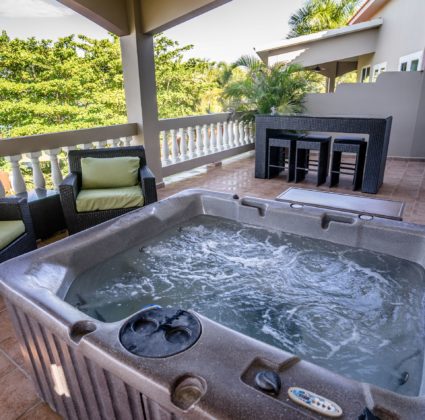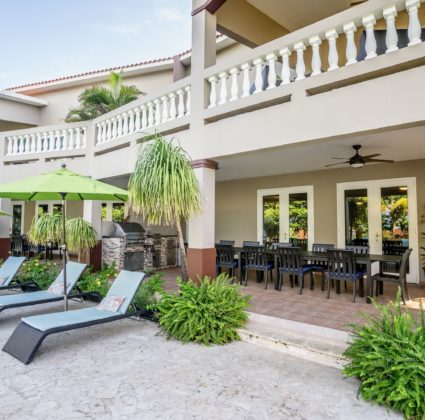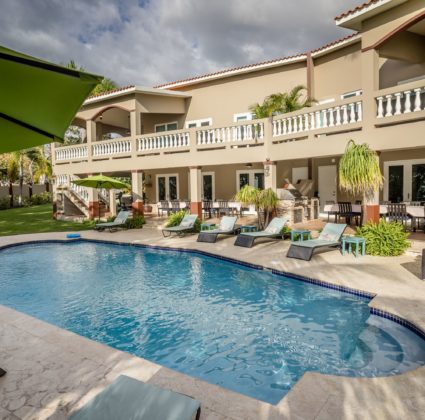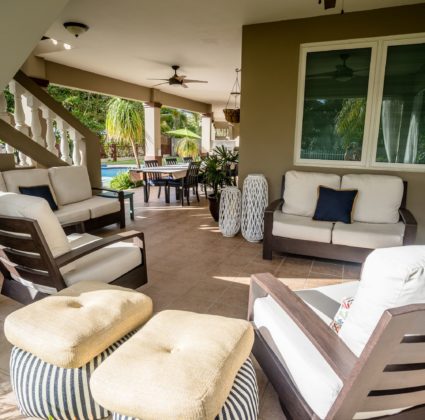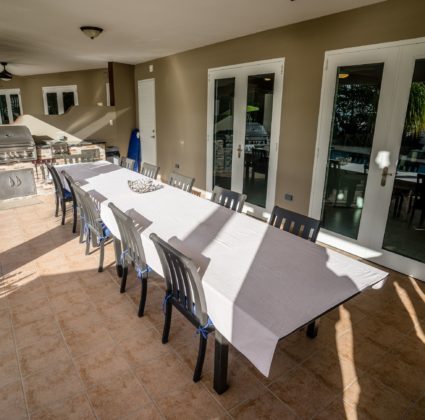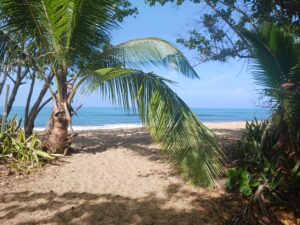 From the forested, mountainous interior to the blue waters of the sandy coast, Puerto Rico is home to a wide variety of wildlife. Unfortunately, centuries of human development and the unique, delicate ecosystem of the island has resulted in a declining population for many animals that call Puerto Rico home. Two animal species that are quintessentially tied to Puerto Rico, the Puerto Rican Amazon and the Antillean Manatee, are endangered, and the future survival of both species is uncertain. Fortunately, many organizations and individuals are fighting to preserve these animals, so they can hopefully be around for generations to come.
From the forested, mountainous interior to the blue waters of the sandy coast, Puerto Rico is home to a wide variety of wildlife. Unfortunately, centuries of human development and the unique, delicate ecosystem of the island has resulted in a declining population for many animals that call Puerto Rico home. Two animal species that are quintessentially tied to Puerto Rico, the Puerto Rican Amazon and the Antillean Manatee, are endangered, and the future survival of both species is uncertain. Fortunately, many organizations and individuals are fighting to preserve these animals, so they can hopefully be around for generations to come.
Puerto Rican Amazon

According to Birds of the World, the Puerto Rican Amazon is a critically endangered parrot found only in Puerto Rico. The Puerto Rican Amazon has mostly bright green plumage, with a red forecrown, blue primary feathers, and a white eye-ring. Habitat loss has had the greatest impact on the Puerto Rican Amazon population, although the pet trade, being hunted as agricultural pests, hurricanes, and the introduction of invasive species have also reduced its numbers. Today, there are approximately 50 Puerto Rican Amazons in the wild and approximately 300 in captivity.
According to the U.S. Fish & Wildlife Service, the Puerto Rican Amazon can only be found in El Yunque National Forest, Rio Abajo State Forest, and Maricao State Forest, although parrots are usually only reported in Rio Abajo State Forest and El Yunque National Forest. To support the Puerto Rican Amazon, consider donating to the World Parrot Trust, which works with organizations like Proyecto Recuperación Cotorra Puertorriqueña and the Puerto Rico Department of Natural and Environmental Resources to protect nests and habitats and breed and release new birds into the forest.
Antillean Manatee

The manatee is a large, grey aquatic mammal that weighs about 1,100 pounds and measures about 11 feet long with a flattened, spoon-shaped tail, according to the Caribbean Manatee Conservation Center. The Antillean Manatee’s diet consists of seagrasses and aquatic plants, and it frequently needs to drink freshwater from river mouths or rain. The Antillean Manatee is a subspecies of the West Indian Manatee, along with the Florida Manatee, according to the U.S. Fish & Wildlife Service. Compared to Florida Manatees, Antillean Manatees are generally smaller and are found along the coastline of the Gulf of Mexico, Central America, the Caribbean, and Brazil’s northeastern coast.
Numerous factors contribute to the decline of the Antillean Manatee, which is roughly estimated be less than 7,000, according to the U.S. Fish & Wildlife Service. The Antillean Manatee faces threats from change or loss of habitat, collisions with watercraft, poaching, entanglement in fishing gear, and ingestion of marine debris.
The Antillean Manatee can be observed throughout Puerto Rico’s coastline, however they are most abundant on the east and south coast, according to the Caribbean Manatee Conservation Center. If you would like to support the Antillean Manatee, consider making a donation to the Caribbean Manatee Conservation Center, which directly supports manatee and other marine mammal populations throughout Puerto Rico and the Caribbean.
Puerto Rico is home to many endangered animals, and efforts to preserve them have been ongoing across the island. When you visit Puerto Rico, you have the rare opportunity to safely and responsibly experience these majestic creatures in their natural habitats. For a great Puerto Rican vacation, book your stay with Maria’s. When you’re ready to stay with us, booking is done through Twin Palms, Maria’s rental, and onsite management. Please visit our booking page on this website to view the availability of Maria’s and fill out our convenient contact form. If you have any additional questions regarding Maria’s, you may call Elizabeth at 787-685-6648 (español: Cristina at 787-449-3673).



